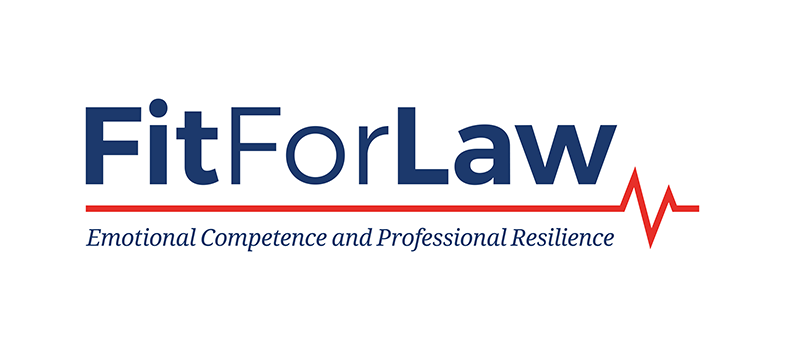Communicating with a client by other means
Traditionally, many legal professionals have communicated with clients via letters. In recent years, an increasing amount of communications with clients are also by email, telephone and/or via online platforms. This has been exacerbated by Covid-19, with working from home or blended ways of working becoming more widely accepted within the legal profession.
Communicating by letter or email
It may seem strange to think of emotions when writing a formal legal letter. However, it is a good idea to consider what emotions a client is likely to be experiencing as they read the letter and tailor your writing style to anticipate these. It can be good practice to start with a friendly greeting, or to highlight any part where you are about to begin discussing something particularly upsetting or uncomfortable, with a clear heading or initial sentence.
Communications by email can sometimes be a little less formal and relaxed. However, it is still important to think about how they will be received. Something meant as a friendly joke can come across as rude or inappropriate. A short one-line reply may seem an effective way of responding to a query but can come across as abrupt or dismissive. Taking the time to pause, review what you’ve written and think about the client’s emotional response is once again key.
One useful tip can be to read an email or letter aloud before you send it, as it helps you ‘hear’ it in a different way.
Communicating by telephone
When communicating by telephone, you will not be able to observe any non-verbal emotional cues. This makes it even more important to focus on the verbal cues you are given. This may involve slowing down your conversation slightly and building in pauses for you and your client to reflect on what is being said. It is also important to set aside other distractions (such as scanning your email inbox) to ensure you can focus intently on what the client is trying to communicate.
Communicating online
Depending on the online platform used, you may be able to receive both verbal and non-verbal emotional cues from clients online. If you are on a platform with a camera, putting your camera on and encouraging your client to do the same can be helpful (although bear in mind that for someone with social anxiety or similar this could be challenging).
It is important to be aware that the client’s emotions will also be impacted by their familiarity (or lack thereof) with technology. Providing the client with clear instructions on how to use the platform and putting in place a back-up plan (such as a telephone call) can help with this.
In addition, using online methods makes communication less fluid – the non-verbal cues can be harder to read and people may not realise when others are talking, making interruptions more common. Acknowledging these difficulties openly can make clients feel more comfortable and at ease.
Tackling digital overload
Attending online meetings, constantly checking emails and even posting on social media can lead to hours spent online each day. Both you and your clients may find that you are beginning to experience a sense of digital overload. Way to avoid this include:
- Make your working environment as comfortable as possible, e.g. with a supportive chair and a wrist rest, so that your physical wellbeing does not suffer.
- Build in regular breaks away from your screen, like going for a quick walk, making a cup of tea or standing up and stretching.
- Try to organise your diary so that you don’t have several long meetings back-to-back.
- Schedule specific times to check your email and close down your inbox at other times so you are not distracted by notifications of incoming mail.
- If possible, schedule ‘digital free’ days where you have no online meetings to attend.
This LawCare podcast offers helpful advice on how you can tackle this.
Remember, the clients you are speaking to may also be experiencing a digital overload and this may affect the way they retain and respond to your advice. Do not be afraid to suggest a five to ten minute break part way through an online meeting, or even suggest adjourning for a day or two, where possible.
Communicating with a client in person

